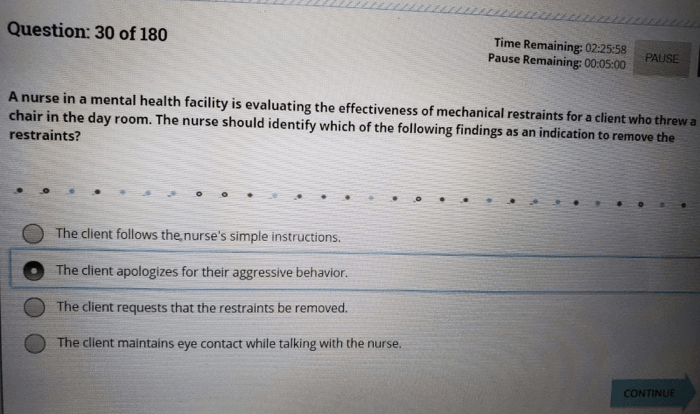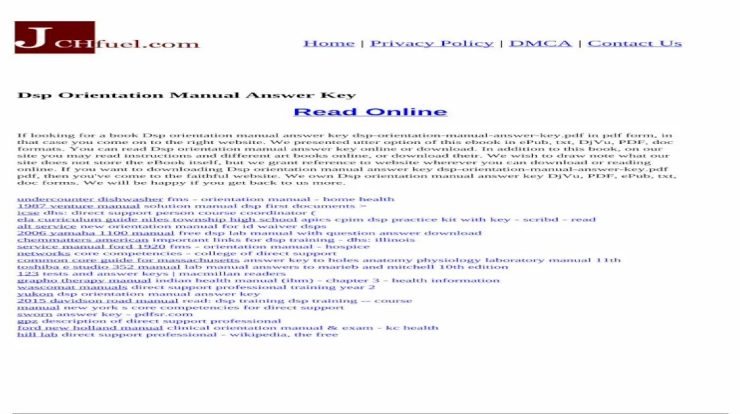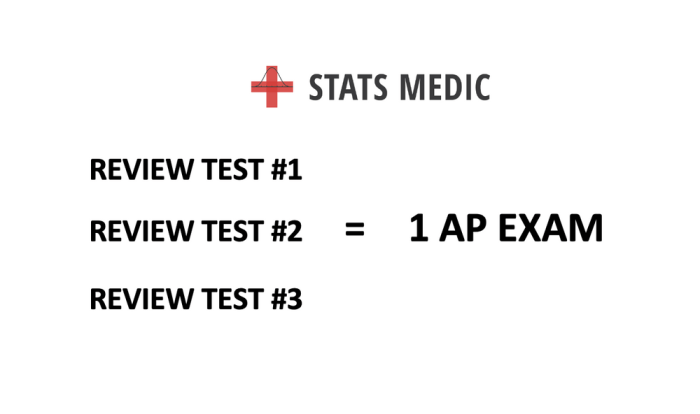Embark on an educational journey with biology textbook prentice hall pdf, a comprehensive resource that empowers educators and students alike. Dive into the depths of biology, unraveling the intricacies of life’s processes with clarity and precision.
This exceptional textbook caters to the diverse needs of students, providing a solid foundation in biology. Its well-structured content and engaging features foster a dynamic learning environment, making it an invaluable tool for educators.
Biology Textbook
Prentice Hall Biology textbook is a comprehensive and widely used resource for high school biology education. It is designed to provide a thorough understanding of the fundamental concepts of biology, from the molecular level to the ecosystem level.
The textbook is structured into units and chapters, each covering a specific topic within biology. The units are organized in a logical progression, starting with the basics of cell biology and genetics and moving on to more advanced topics such as evolution, ecology, and human biology.
Target Audience
The Prentice Hall Biology textbook is primarily intended for high school students who are taking a biology course. It is also suitable for students who are preparing for Advanced Placement (AP) Biology or other college-level biology courses.
Structure and Organization
The textbook is divided into 34 chapters, which are grouped into six units:
- Unit 1: The Cell
- Unit 2: Heredity
- Unit 3: Evolution
- Unit 4: Diversity of Life
- Unit 5: Ecology
- Unit 6: Human Biology
Each chapter begins with a chapter overview, which provides a brief summary of the main topics covered in the chapter. The chapters are then divided into sections, which are further divided into subsections. Each section and subsection is clearly labeled with a heading, making it easy for students to navigate the textbook.
Key Concepts
The Prentice Hall Biology textbook covers a wide range of topics, including:
- The structure and function of cells
- The principles of genetics
- The theory of evolution
- The diversity of life on Earth
- The principles of ecology
- The human body and its systems
The textbook provides a comprehensive overview of these topics, with a focus on the underlying principles and concepts of biology. It is an essential resource for students who are serious about learning about biology.
Features and Benefits: Biology Textbook Prentice Hall Pdf
The Prentice Hall Biology Textbook stands out with its innovative features and pedagogical approach. These unique elements enhance the learning experience for students and provide valuable support for educators.
The textbook’s interactive nature and abundance of multimedia resources engage students and promote deeper understanding. Its rigorous content and clear organization ensure that students develop a strong foundation in biological concepts.
Student-Friendly Features
- Interactive Simulations and Animations:Bring complex biological processes to life, allowing students to visualize and explore concepts in a hands-on manner.
- Online Quizzes and Activities:Provide instant feedback and reinforce understanding through interactive assessments.
- Real-World Case Studies:Connect students to the practical applications of biology in their daily lives.
Educator Support
- Comprehensive Teacher’s Edition:Offers detailed lesson plans, teaching strategies, and additional resources to support educators.
- Online Teacher’s Resource Center:Provides access to printable materials, PowerPoint presentations, and other classroom resources.
- Professional Development Opportunities:Connects educators with workshops and training programs to enhance their teaching skills.
Classroom Applications
The Prentice Hall Biology Textbook’s features can be seamlessly integrated into the classroom environment:
- Interactive Simulations:Enhance lectures by providing students with virtual experiences that illustrate abstract concepts.
- Online Quizzes:Create formative assessments to monitor student progress and identify areas for improvement.
- Real-World Case Studies:Facilitate discussions and encourage critical thinking by exploring the societal implications of biological concepts.
Content and Pedagogy
The textbook covers a wide range of biological concepts, from the molecular level to the ecosystem level. It is organized into eight units, each of which focuses on a specific theme, such as the cell, genetics, evolution, and ecology. Within each unit, there are several chapters that cover specific topics, such as cell structure, DNA replication, and natural selection.
The textbook uses a pedagogical approach that is based on the latest research on how students learn science. This approach emphasizes active learning, which is a teaching method that encourages students to engage with the material in a hands-on way.
The textbook includes a variety of active learning activities, such as concept maps, simulations, and lab exercises, which help students to understand the material in a deeper way.
Active Learning Strategies
The textbook incorporates a variety of active learning strategies to help students engage with the material. These strategies include:
- Concept maps:Concept maps are visual representations of relationships between concepts. They help students to see how different concepts are connected and to identify the most important concepts.
- Simulations:Simulations are computer-based models that allow students to explore complex scientific phenomena. They help students to understand how different factors interact and to make predictions about the outcomes of different scenarios.
- Lab exercises:Lab exercises allow students to experience science firsthand. They help students to develop their experimental skills and to learn how to apply scientific methods to solve problems.
Visuals and Illustrations
The Prentice Hall Biology textbook utilizes a plethora of visuals and illustrations to enhance student learning and make complex concepts more accessible.
These visuals include:
- Diagrams:Clear and detailed diagrams illustrate biological structures, processes, and relationships.
- Graphs and charts:Visual representations of data help students understand trends and patterns.
- Photographs:Real-life images bring biological concepts to life and make them more relatable.
- Animations and simulations:Interactive animations and simulations allow students to visualize dynamic processes and gain a deeper understanding.
These visuals and illustrations play a crucial role in student learning by:
- Clarifying complex concepts:Visuals can simplify complex biological concepts and make them easier to understand.
- Improving comprehension:Visuals provide a visual representation of the text, helping students retain information better.
- Engaging students:Interactive visuals and illustrations capture student attention and make learning more engaging.
- Promoting critical thinking:Visuals encourage students to analyze and interpret data, developing their critical thinking skills.
For example, a diagram of the cell cycle can help students visualize the different stages and events involved in cell division. A graph showing the relationship between temperature and enzyme activity can help students understand the effects of environmental factors on biological processes.
Technology Integration
The textbook seamlessly integrates technology to enhance student engagement and learning. This integration empowers students to personalize their learning experiences, making the educational journey more interactive and tailored to their individual needs.
Interactive Simulations and Animations
The textbook features numerous interactive simulations and animations that bring complex biological concepts to life. These engaging visuals allow students to visualize and manipulate models, providing a deeper understanding of cellular processes, physiological systems, and ecological interactions.
Personalized Learning Paths
The textbook’s digital platform offers personalized learning paths that cater to each student’s pace and learning style. Students can access interactive assessments, self-paced modules, and targeted resources that address their specific areas of need. This tailored approach helps students focus on the concepts they need to master while reinforcing their strengths.
Online Discussion Forums, Biology textbook prentice hall pdf
The textbook facilitates online discussion forums where students can connect with peers and experts to share insights, ask questions, and engage in meaningful discussions. These forums foster collaboration and critical thinking, allowing students to learn from each other and expand their perspectives.
Assessment and Evaluation
The Prentice Hall Biology Textbook provides a comprehensive suite of assessment and evaluation tools to help teachers track student progress and provide meaningful feedback. These tools include:
-
-*Chapter Review Questions
Each chapter concludes with a series of review questions that test students’ understanding of the key concepts covered in the chapter.
-*Section Quizzes
Each section within a chapter includes a short quiz that allows students to check their understanding of the material before moving on to the next section.
-*End-of-Chapter Tests
Each chapter concludes with a comprehensive test that covers all of the material in the chapter.
-*Cumulative Tests
Periodically throughout the year, students take cumulative tests that cover material from multiple chapters.
-*Performance Assessments
In addition to written tests, the textbook also includes a variety of performance assessments, such as lab reports, projects, and presentations.
These assessment and evaluation tools can be used to track student progress in a variety of ways. Teachers can use the results of chapter review questions and section quizzes to identify areas where students are struggling and need additional support.
End-of-chapter tests and cumulative tests can be used to assess students’ overall understanding of the material and to make decisions about placement and promotion. Performance assessments can be used to evaluate students’ ability to apply their knowledge and skills to real-world situations.The
Prentice Hall Biology Textbook also provides a variety of resources to help teachers provide feedback to students on their progress. These resources include:
-
-*Answer Keys
Answer keys are provided for all of the review questions, section quizzes, end-of-chapter tests, and cumulative tests.
-*Grading Rubrics
Grading rubrics are provided for all of the performance assessments.
-*Teacher’s Edition
The teacher’s edition of the textbook includes a variety of teaching tips and suggestions for providing feedback to students.
These resources can help teachers provide students with timely and specific feedback on their progress. This feedback can help students identify areas where they need to improve and can motivate them to continue learning.
Teacher Resources
Prentice Hall Biology Textbook provides comprehensive teacher resources to support educators in delivering effective instruction and differentiating instruction for diverse student needs.
These resources include:
Lesson Plans and Activities
- Ready-to-use lesson plans aligned with state and national standards
- Inquiry-based activities that engage students in hands-on learning
- Differentiated instruction suggestions to accommodate students with varying abilities
Assessments
- Chapter quizzes and tests to assess student understanding
- Diagnostic assessments to identify areas where students need additional support
- Performance-based assessments to evaluate students’ critical thinking and problem-solving skills
Technology Resources
- Interactive simulations and animations to bring complex concepts to life
- Online quizzes and games to provide additional practice and reinforcement
- Access to a teacher portal with downloadable resources and support materials
Professional Development
- Online webinars and workshops on best practices in biology education
- Access to a community of educators for collaboration and support
- Professional development opportunities to enhance teacher knowledge and skills
Student Activities and Projects
The textbook includes a variety of student activities and projects that are designed to reinforce learning and assess student understanding.
These activities and projects can be used in a variety of ways, including:
- As a way to introduce new material
- As a way to review material that has already been covered
- As a way to assess student understanding of a particular concept
- As a way to provide students with hands-on experience with a particular topic
Examples of Student Activities and Projects
Some examples of student activities and projects that are included in the textbook include:
- Lab activities:These activities provide students with hands-on experience with a particular topic. For example, students may conduct an experiment to test the effects of different fertilizers on plant growth.
- Field studies:These activities allow students to observe a particular phenomenon in its natural setting. For example, students may visit a local pond to study the different types of plants and animals that live there.
- Projects:These activities allow students to explore a particular topic in depth. For example, students may create a poster or presentation on the different adaptations of animals.
Accessibility and Inclusivity
The textbook incorporates several accessibility features to ensure that it is accessible to all students, regardless of their learning needs or abilities.
These features include:
- Clear and concise language:The textbook is written in clear and concise language, making it easy for students to understand the concepts being presented.
- Visual aids:The textbook includes a variety of visual aids, such as charts, graphs, and diagrams, to help students visualize the concepts being presented.
- Assistive technology support:The textbook is compatible with a variety of assistive technologies, such as screen readers and text-to-speech software, making it accessible to students with visual or reading disabilities.
- Closed captions:The textbook includes closed captions for all videos, making them accessible to students who are deaf or hard of hearing.
These accessibility features make the textbook accessible to all students, regardless of their learning needs or abilities. This ensures that all students have the opportunity to succeed in their biology studies.
Examples of Accessibility Features in Use
Here are some examples of how accessibility features can be used to support students with diverse learning needs:
- Students with visual impairments:Students with visual impairments can use screen readers to access the textbook’s text and images.
- Students with reading disabilities:Students with reading disabilities can use text-to-speech software to have the textbook’s text read aloud to them.
- Students who are deaf or hard of hearing:Students who are deaf or hard of hearing can use closed captions to access the textbook’s videos.
These are just a few examples of how accessibility features can be used to support students with diverse learning needs. By incorporating these features, the textbook ensures that all students have the opportunity to succeed in their biology studies.
User Queries
What is the target audience for this textbook?
Biology Textbook: Prentice Hall PDF is designed for high school and undergraduate students pursuing a biology education.
How is the textbook structured and organized?
The textbook follows a logical progression, starting with fundamental biological concepts and gradually delving into more advanced topics. Each chapter is meticulously organized, ensuring a smooth flow of information.
What are the key concepts covered in the textbook?
The textbook encompasses a wide range of biological concepts, including cell biology, genetics, evolution, ecology, and human biology.



